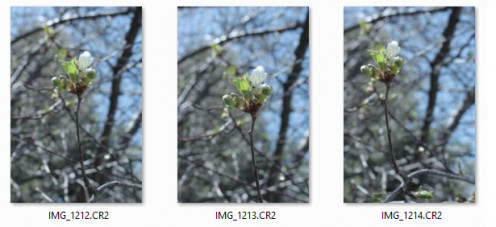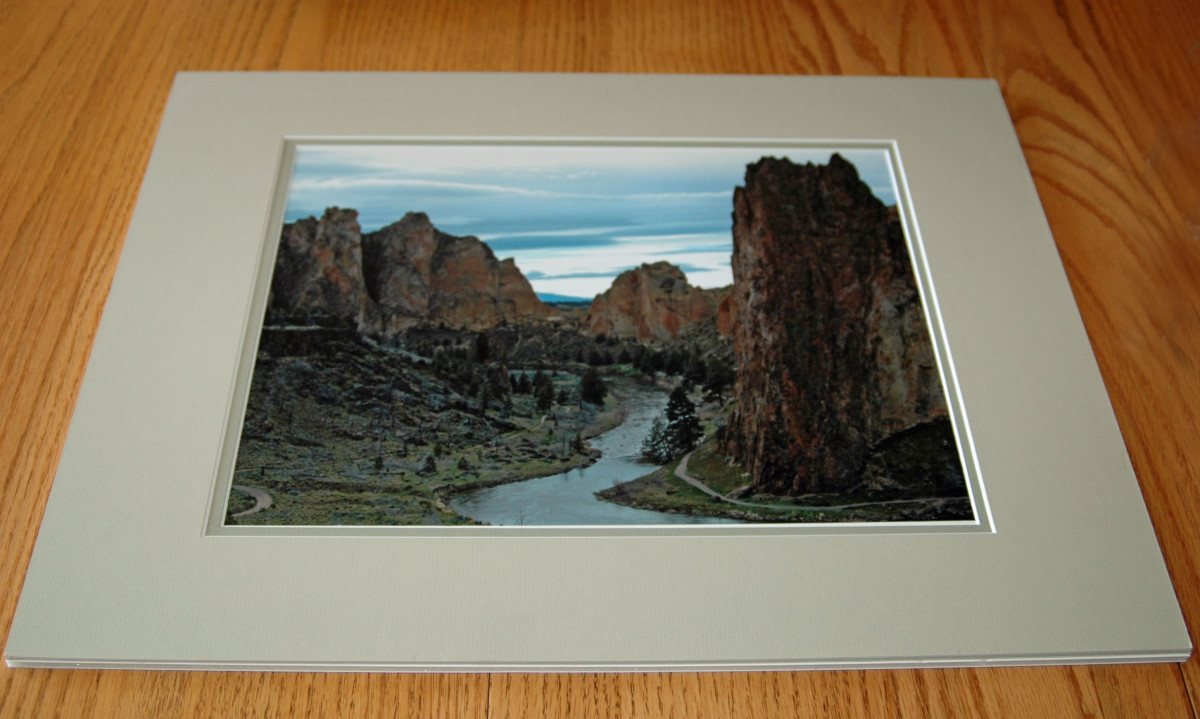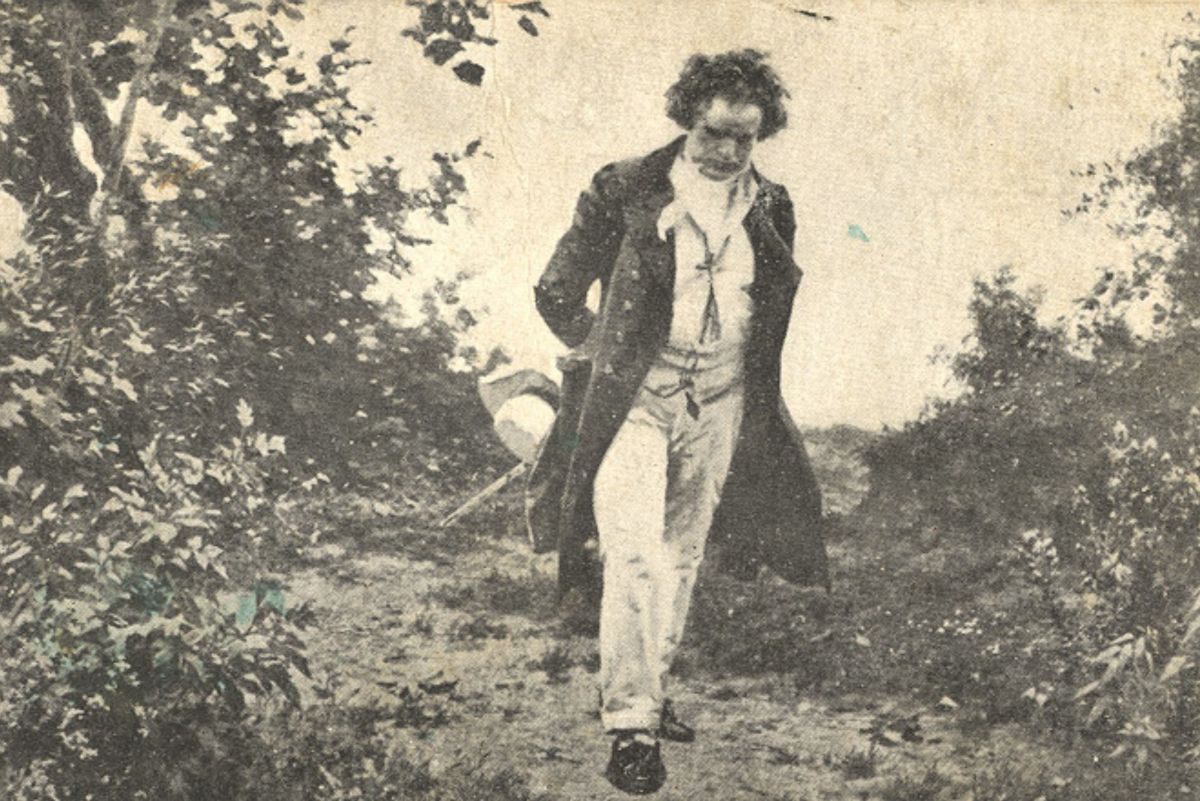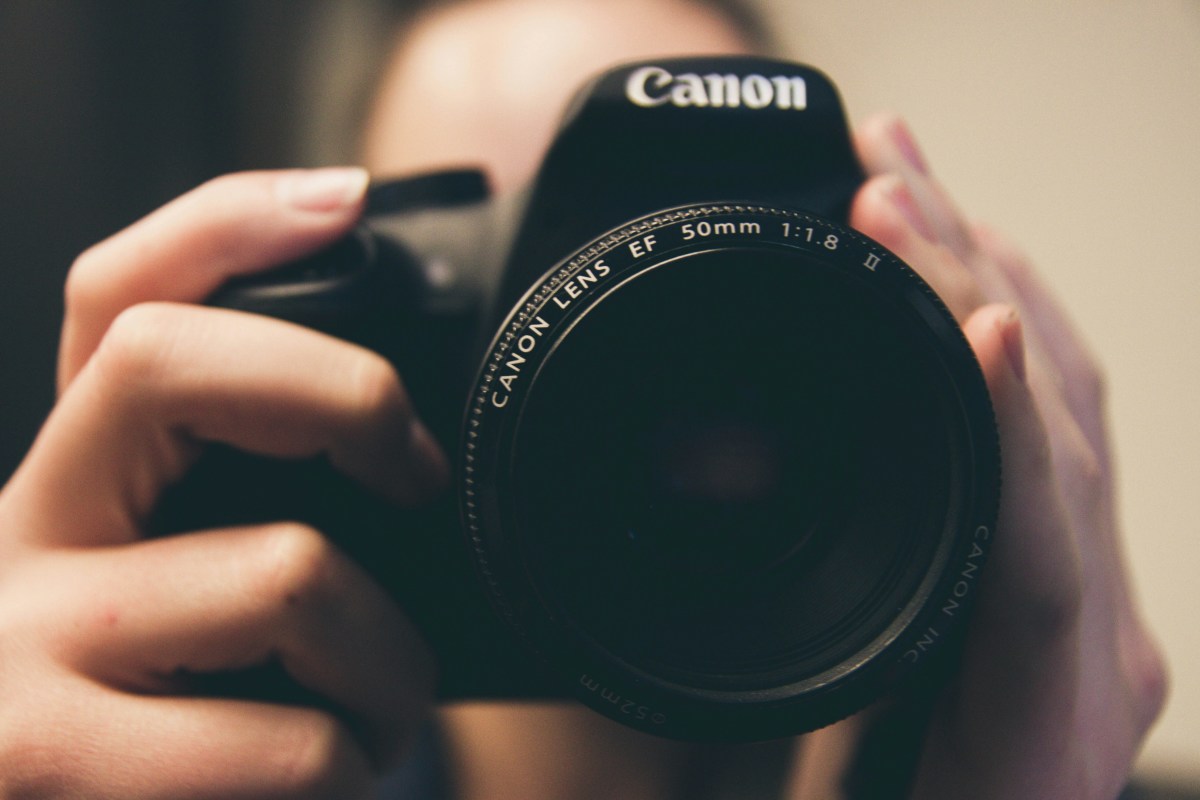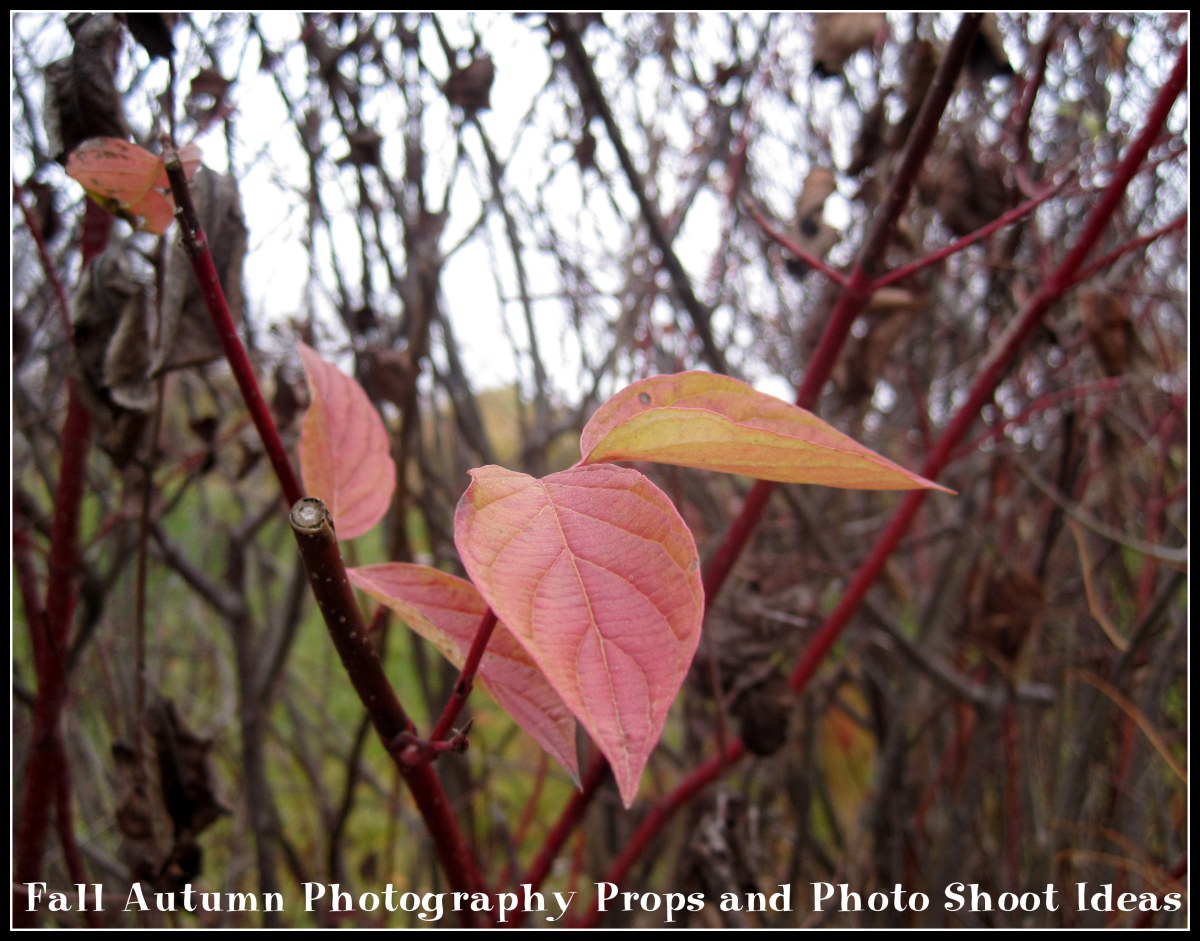- HubPages»
- Arts and Design»
- Photography»
- Photography Instruction & How-Tos
Improving Photography Composition Skills: Cropping
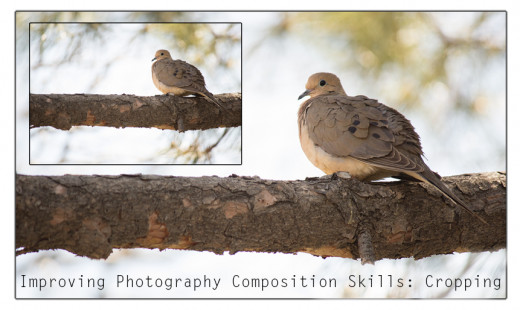
Improve Your Compositions with Cropping
Cropping is a useful tool in every photographer's arsenal of tools. However, there are some disadvantages that the photographer should be aware of before relying on cropping to fix a photo. Cropping is also a way to develop and eye for composition because of the ability to play around and learn what works best for your photo and for your own personal style.
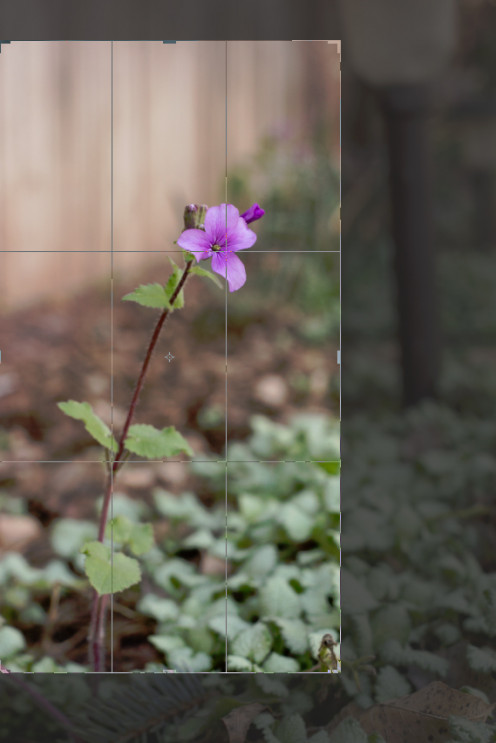
Disadvantages of Cropping
As a general rule, I try to nail my framing the first time around, but if I do need to tweak the composition a little later on, I try and limit my cropping to a minimal to maintain the resolution.
Photo Resolutions, Print Sizes and Aspect Ratios
A huge disadvantage of cropping is that your resolution gets smaller. This might not be a problem if you're only snipping off a few pixels on each side, but once you start cropping off huge portions, your ability to print your photographs at a high resolution goes down. Always keep in mind when cropping what your final photograph will be used for. Is it a photo that someone will want to print out on a giant canvas? How will cropping affect the resolution and quality of that print?
Conversely, if you're just cropping a picture to make a good Facebook profile picture or a cover photo, crop away. The final outcome has a specific resolution that as long as you're adhering to, there's no loss of resolution or quality. (Just make sure to keep an uncropped version in case you ever want to go back and adjust the crop).
By cropping, you also can change the aspect ratio of a photo, which may or may not affect how it is printed later. There could be a loss of even more resolution in order to adjust the image to the paper.
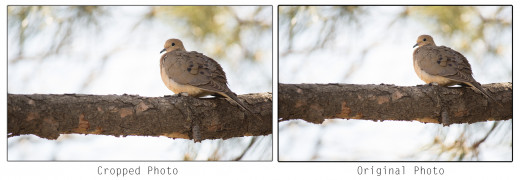
Cropping can Develop into a Crutch
This one may be something that isn't apparent at first. However, like post production and photographs, if you always fix your photos by cropping them, you are likely to develop a crutch. Instead of trying to get the framing right the first time, you'll rely on fixing everything in post. While cropping is a valuable tool, learning to properly frame a subject and create a pleasing composition the first time around not only saves time later on, but it maintains the full resolution of your camera.
Loss of Sharpness
If your subject matter is slightly out of focus and you crop your image, the subject will appear to be more out of focus because of the crop. This is because you're losing information and pixels, that would help to hide the out of focus. An example of this would be a portrait. If you took the photograph farther away from your subject, then crop the image and bring your subject matter closer, it will appear larger and the focus will become more apparent. (If you have a softer focus, it will be more apparent if the subject is bigger than if you leave more of the background).
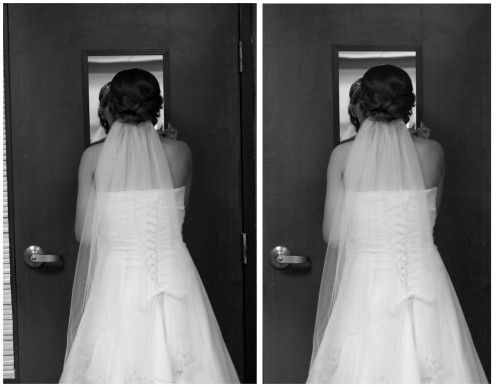
Advantages of Cropping
There are times however when cropping a photograph can save the day. Especially if it's a once in a lifetime event, such a wedding, or a family gathering where out-of-state family members are finally altogether.
Photographing under Pressure
It's hard at these times to keep a cool head or to take the time needed to check over your settings and framing before snapping the photo (for example you just caught the bride and groom in the hallway for a quick photo or you snap a candid photo of the a child).
This is when cropping is essential. You still want to get a good frame so you don't crop away all your resolution, but if it's a little rough, that's fine under the circumstances.
Cropping as a Learning Tool
When first starting to photograph, developing an eyes for composition is a gradual task. One way that you can help improve your skills after shooting your photographs and looking at them with a critical eye. (more on this in the next section)
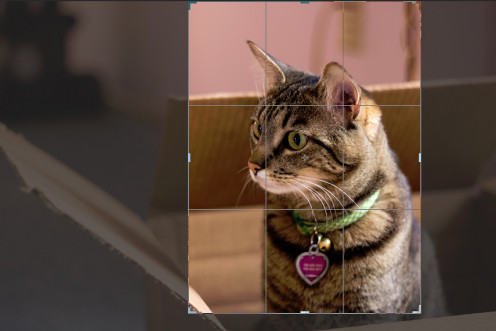
Improve Your Compositional Skills with Cropping
One of the best ways to improve your photography is to review other people's work as well as your own. Find way you like about in other people's work, then see what you do and don't like in your own.
Experimenting with Cropping
If you're unsure of what would make your photograph better, try experimenting with the different crops for your photo. Playing around and seeing how different compositions around a subject affects the whole photograph is a beneficial technique. It's similar to playing around with the framing as your shooting, but this time you have a single plane to work with.
There's no right or wrong answer here. It's more of an exercise to help you get a feel for what works and what doesn't, so remember to have fun! There's an undo option for a reason and as long as you save your original photo, there's no harm done.
